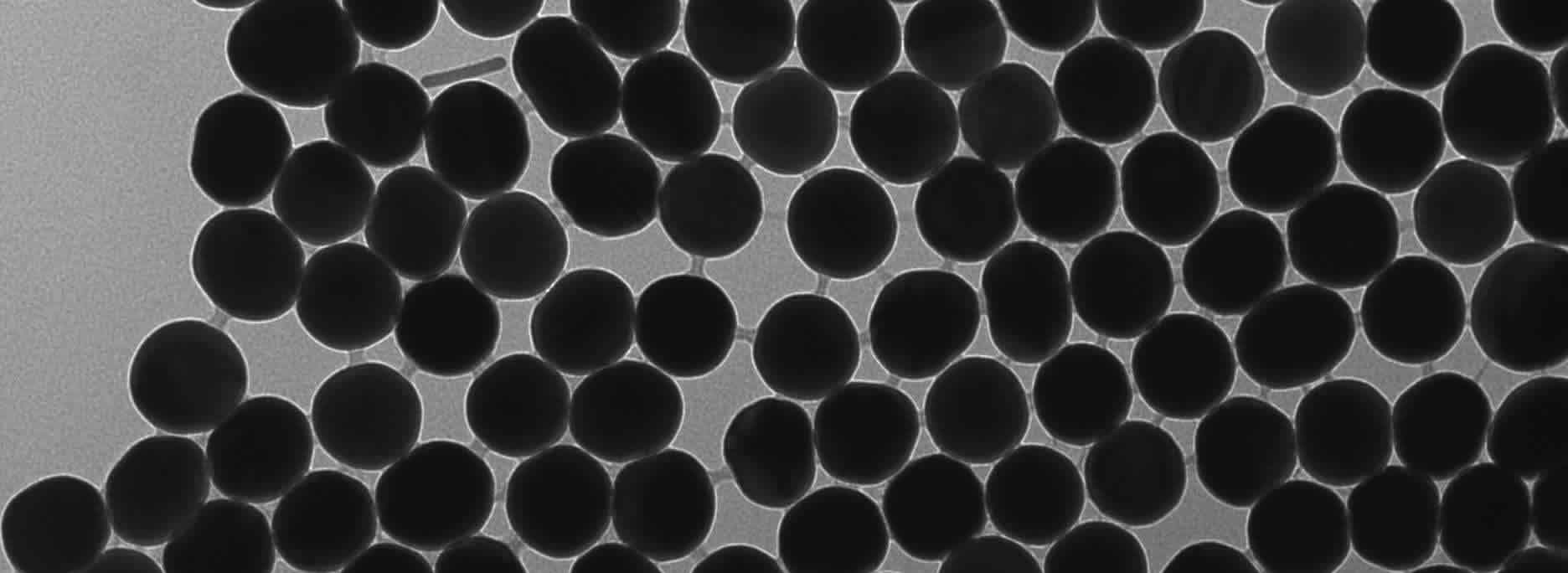All About Gold Nanoparticles
Definition, Properties and Applications
Gold nanoparticles are a type of nanomaterial with unique properties that make them valuable for various applications in different fields, particularly in biomedicine. Gold nanoparticles have gained significant attention due to their biocompatibility, chemical stability, and unique optical properties (Folorunso et al., 2019). These nanoparticles have been widely explored for their potential applications in biomedical areas, including diagnostic imaging, biosensing, drug delivery, and photothermal and photodynamic therapies (Wani, 2018). Additionally, gold nanoparticles have been demonstrated to be safe with low toxicity compared to other metal nanoparticles, making them suitable for various biomedical applications (Torres-Ortiz et al., 2023).
The properties of gold nanoparticles, such as their size and surface chemistry, play a crucial role in determining their toxicity and biological interactions (Zhang et al., 2011). It has been reported that smaller gold nanoparticles, particularly those smaller than 5 nm, exhibit increased toxicity to certain cell types (Wu et al., 2022). However, the surface chemistry and physical dimensions of gold nanoparticles are also known to influence their toxicity, highlighting the importance of understanding these factors in biomedical applications (Zhang et al., 2011).
The synthesis of gold nanoparticles has been a subject of extensive research, with a focus on green synthesis methods using plant extracts and microorganisms (Thirunavukkarasu et al., 2020; Khan & A.S, 2016; Ramezani et al., 2008; Jagtap, 2019). These green synthesis methods offer a non-toxic and environmentally friendly approach to producing gold nanoparticles for various biomedical applications ("undefined", 2019). Furthermore, the unique properties of gold nanoparticles, such as their surface plasmon absorption and surface accessibility for functionalization, make them suitable for use in biosensors, drug delivery systems, and cancer treatment (Jagtap, 2019).
In the field of biomedicine, gold nanoparticles have been explored for their potential as contrast agents, delivery vehicles, and therapeutics (Matea et al., 2016). Their use as photothermal contrast agents for cancer therapy, particularly in the form of gold nanorods, has shown promise in preclinical studies (Near et al., 2013). Additionally, gold nanoparticles have been investigated for their antimicrobial activity, making them potential candidates for applications in infection control and treatment (Khan & A.S, 2016; P, 2019).
In conclusion, gold nanoparticles possess unique properties that make them highly valuable for a wide range of biomedical applications. Their biocompatibility, chemical stability, and tunable optical properties have positioned them as promising candidates for use in diagnostic imaging, drug delivery, cancer therapy, and biosensing. The synthesis of gold nanoparticles using green methods further enhances their potential for safe and effective biomedical applications.
Go here for Nanopartz Gold Nanoparticles
References:
Untitled. International Journal of Pharmaceutical Sciences and Research, 10(5). https://doi.org/10.13040/ijpsr.0975-8232.10(5).2397-02
Folorunso, A., Akintelu, S., Oyebamiji, A., Ajayi, S., Abiola, B., Abdusalam, I., … & Morakinyo, A. (2019). Biosynthesis, characterization and antimicrobial activity of gold nanoparticles from leaf extracts of annona muricata. Journal of Nanostructure in Chemistry, 9(2), 111-117. https://doi.org/10.1007/s40097-019-0301-1
Jagtap, P. (2019). Potential applications of plants for the synthesis of gold and silver nanoparticles : a review. International Journal for Research in Applied Science and Engineering Technology, 7(6), 1560-1567. https://doi.org/10.22214/ijraset.2019.6264
Khan, W. and A.S, P. (2016). Extracellular synthesis of gold nano particles from pseudomonas stutzeri (mtcc 8362) and its antimicrobial activity. International Journal of Innovative Research in Science Engineering and Technology, 5(9), 16482-16489. https://doi.org/10.15680/ijirset.2016.0509134 Matea,
C., Mocan, T., Tabaran, F., Iancu, C., & Mocan, L. (2016). Rational design of gold nanocarrier for the delivery of jag-1 peptide.. https://doi.org/10.1515/nano.12951_2015.1
Near, R., Hayden, S., & El-Sayed, M. (2013). Thin to thick, short to long: spectral properties of gold nanorods by theoretical modeling. The Journal of Physical Chemistry C, 117(36), 18653-18656. https://doi.org/10.1021/jp4078344
P, M. (2019). Invitro assessment of antibacterial, antioxidant and drug release property of extracellularly bio-fabricated gold nanoparticles using pimpinella anisum. International Journal for Research in Applied Science and Engineering Technology, 7(5), 1707-1713. https://doi.org/10.22214/ijraset.2019.5286
Ramezani, N., Ehsanfar, Z., Shamsa, F., Amin, G., Shahverdi, H., Esfahani, H., … & Shahverdi, A. (2008). Screening of medicinal plant methanol extracts for the synthesis of gold nanoparticles by their reducing potential. Zeitschrift Für Naturforschung B, 63(7), 903-908. https://doi.org/10.1515/znb-2008-0715
Thirunavukkarasu, R., Karthika, K., Muralitharan, G., Maryshamya, A., Sabarika, S., Anbarasu, S., … & Shanmugam, K. (2020). Green synthesis of gold nanoparticles using extracellular metabolites of fish gut microbes and their antimicrobial properties. Brazilian Journal of Microbiology, 51(3), 957-967. https://doi.org/10.1007/s42770-020-00263-8
Torres-Ortiz, D., García-Alcocer, G., Loske, A., Fernández, F., Becerra, E., Esparza, R., … & Estevez, M. (2023). Green synthesis and antiproliferative activity of gold nanoparticles of a controlled size and shape obtained using shock wave extracts from amphipterygium adstringens. Bioengineering, 10(4), 437. https://doi.org/10.3390/bioengineering10040437
Wani, I. (2018). Biomedical applications of gold nanoparticles., 837-858. https://doi.org/10.4018/978-1-5225-3158-6.ch037
Wu, L., Wen, W., Huang, D., Cao, J., Qi, X., & Shen, S. (2022). Ultrasmall iron oxide nanoparticles cause significant toxicity by specifically inducing acute oxidative stress to multiple organs. Particle and Fibre Toxicology, 19(1). https://doi.org/10.1186/s12989-022-00465-y
Zhang, X., Wu, K., Liu, M., Sun, D., Zhang, B., & Fan, Z. (2011). Size-dependent in vivo toxicity of peg-coated gold nanoparticles. International Journal of Nanomedicine, 2071. https://doi.org/10.2147/ijn.s21657

